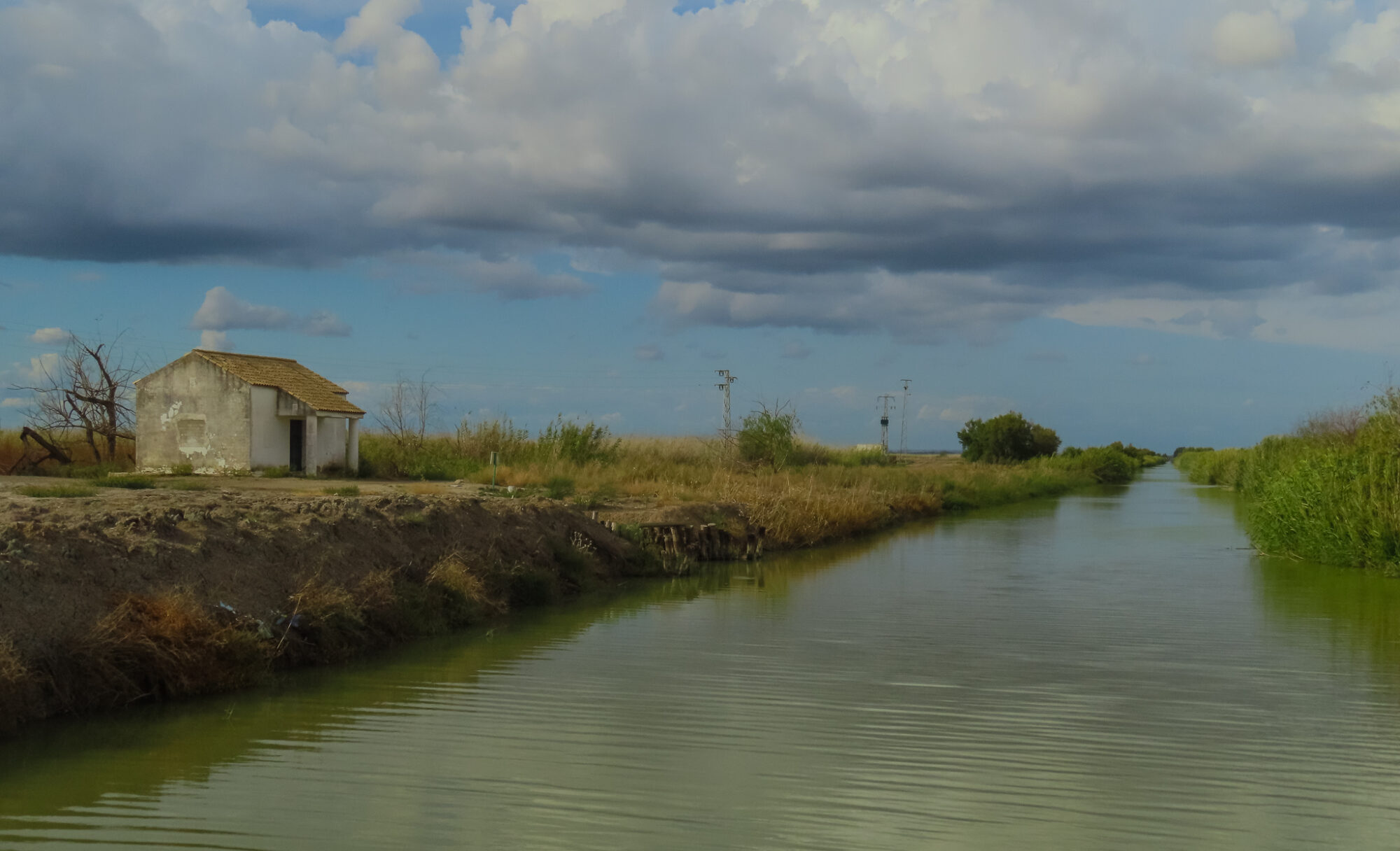Dozens of Eurasian Jackdaws storm a 11th century Moorish castle occasionally stopping to perch and curiously inspecting the ancient building. They are rather nondescript, their feathers consisting solely of shades of gray, with pale blue eyes that stand out from their leaden plumage. A lone pigeon flies onto the roof of the castle, next to the flock of corvids.

of a 14th century Moorish tower in Andalucia.
Me and my fellow birders are walking in the chilly Andalucian air near St. Anthony’s Tower in the early morning patiently waiting for the next lifer to appear in a bush or a tree. A Willow Warbler and a European Pied Flycatcher are revealed, but nothing new yet. I hop in the van, and we drive further down the road.
—————
It’s Monday, September 18, nearly a week after arriving in Seville, Andalucia, and my dad and I are spending the next 12 hours on a big day birding trip to the Doñana Natural Space in southern Spain with two other birders we have not yet met. At the time, we had only seen about a dozen new species on our own in parks and urban spaces around Seville, and Vicent, our tour guide from Doñana Wings, said that they routinely saw more than a hundred species on these all-day trips.
When I first stepped out into the courtyard of my hotel, the sky was still dark with night and the air cool. As I stood at the pickup spot, stray cats lingered in the plaza unbothered by humans, and in the silence, I prepared myself for my marathon day of birding—by far the longest stretch yet in my experience as a young birder.
After driving away from the city, we park our car next to a dirt road that travels through a vast olive grove and listen for birds. A Cetti’s Warbler then a Blackbird call, and more birds appear as the sun rises over the neat rows of olive trees. Vicent tells us that Iberian Magpies often visit a water fountain near us, and sure enough, a few minutes later the predicted mischief of magpies appear and start drinking out of the spout. Our first Iberian endemic, their distinctive black caps and azure feathers make them one of the highlights of the day.

a dirt road outside of Seville.
While driving to our next location, a trail that could possibly add a Red-Rumped Swallow among other birds to our list, we spot a large flock of Spanish Sparrows perching on the side of the road. The breeding males are instantly identifiable with their white cheeks, dark spotted breasts, and clean black bibs, but the females, being nearly identical to female House Sparrows, might have posed an ID challenge if the males were further along in their molt.
Finally we reach our next stop, a short hike on a gentle incline through a trail near the neighborhood of Gerena. As promised, Red-rumped Swallows and House-Martins circle overhead, backlit against the morning sun. An Iberian Gray Shrike sits high in the branches of an olive tree, its long tail cocked downward. A secretive Sardinian Warbler darts through the understory, never lingering long enough for us to glimpse its gray and peach colors. This beautiful natural environment might have made for a peaceful walk, that is, if it weren’t for the dozens of goats and sheep roaming in the countryside with bells strung around their necks ringing in harmony.
We stop for lunch at a pub and I drink a refreshing Fanta while chatting about Pokémon with one of our two Australian birding partners. So far our tally is impressive (for birds, not Pokémon) and we still have many hours to explore some varied Spanish habitats. After everyone is refueled we get back in the van and head to the next stop.
Before arriving at the wetlands to look for water birds, we park off of the highway, in hopes of getting some raptors for our list. Griffons soar overhead and a Thekla’s Lark poses on a stick, one of the most cooperative birds up to this point.
After an hour-long drive, for most of which I am semiconscious, we enter the wetlands, one of the last and one of the most exciting parts of our tour. Hundreds of White Storks circle overhead. Pale, lanky Greater Flamingos with rosy wings wade in the marshes. A few black-masked Marbled Teals swim far away, one of the rarest birds seen on this trip.

near the Doñana Natural Space.
Flocks of Lapwings stand in the mud with black crests and rufous rumps. Scattered within this flock are various other species, such as Wood Sandpipers, Common Snipes, and even Common-Ringed Plovers. Countless new birds are found here and though the action is mostly in the ponds, the reeds yield an invasive Yellow-Crowned Bishop and a Common Waxbill.
After dipping on a Squacco Heron at a nearby canal—and getting dozens of Black-crowned Night-Herons instead—our journey is finally coming to an end. A female Whinchat perches in the reeds then flies, and our final bird of the day is the aptly named Western Cattle Egret perfectly positioned next to a bull. The evening is nearing and everyone is exhausted as we journey back to the city. By the time I reach the hotel courtyard once more, dusk has begun. In just one day, I added more than 70 species to my lifelist.



































